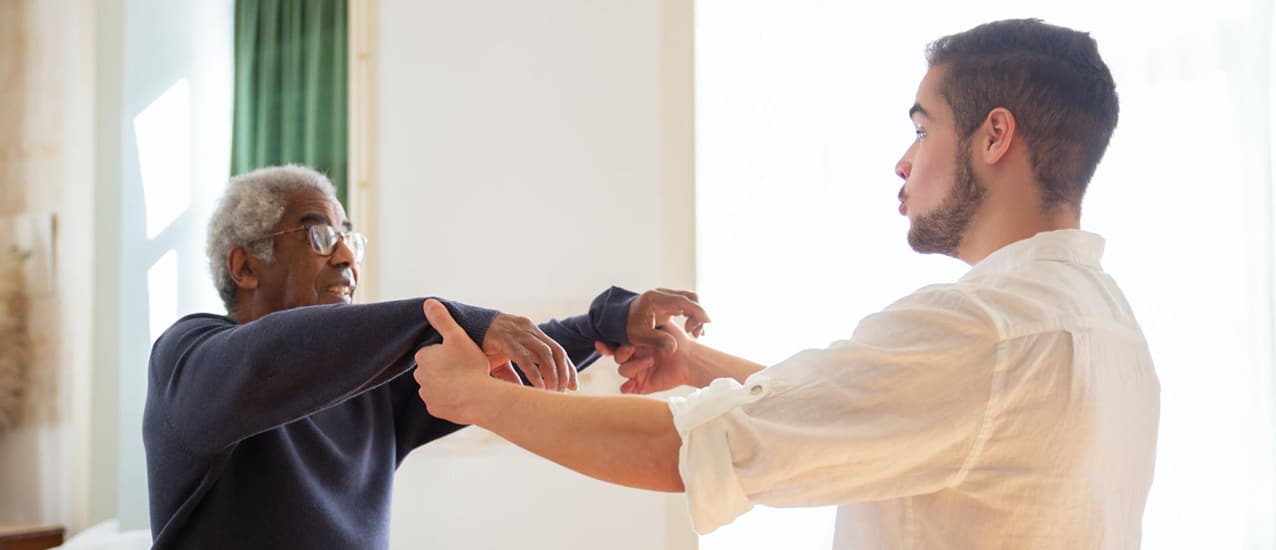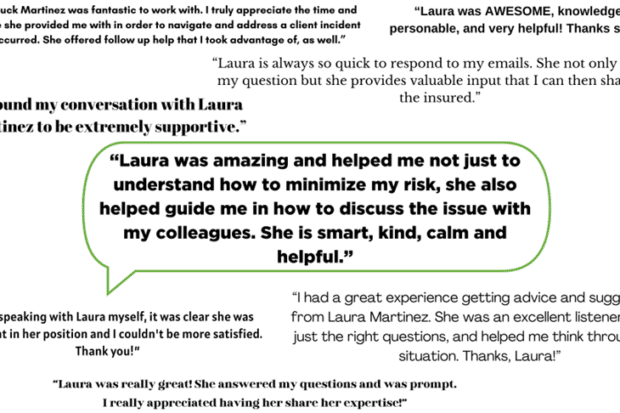Understanding what to look for in a facility that may pose a risk of falling is key to mitigating risk and avoiding potential lawsuits. Beyond handrails in bathrooms, hallways, and rooms, there are several additional precautions that facilities can take to reduce falls. Below, we explore the top 5 ways to reduce falls in a care setting.
1. Ensure appropriate call light distance
Although this is standard protocol for most facilities, a call light within reach of a patient bed or sitting area increases the likelihood that a patient will ask for help getting up instead of trying to on their own. That said, timing is especially sensitive if a patient is in the bathroom, so it is imperative that a staff member stay close and ready to respond while the patient is toileting. Patient falls often happen with toileting even after using the call light because patients are eager.
2. Remind staff members to maintain safe walkways at all times
Staff members must be trained on being completely aware of their patient’s surroundings, whether that is in their room or outside of it. Anything from a freshly cleaned floor to an uneven surface cannot go unnoticed. Poor lighting and perhaps cluttering of materials must be addressed and taken care of to ensure no one is at risk of falling. Facilities should take extra care to properly train and re-train employees on the importance of maintaining safe walkways.
3. Visitor Protocol Communication
Oftentimes a family member or friend visiting will bring a seemingly harmless object into a resident’s room. Although many objects do not directly cause a fall risk, it’s crucial that it’s explained and understood that whoever’s visiting must not put any object in the way of a walking path.
4. Keep hospital bed brakes locked and routinely checked
Bed brakes must be locked and routinely checked to make sure there is nothing structurally wrong with the bed. This is another crucial piece of employee training that should be emphasized as daily routine.
5. Close monitoring of residents’ medications
Certain medications can increase fall risk, and caretakers should have training around what those are and which patients are at risk. Even with this knowledge, setting up routine programs like hearing and eye exams further determine whether or not a patient is at higher risk for injury.



